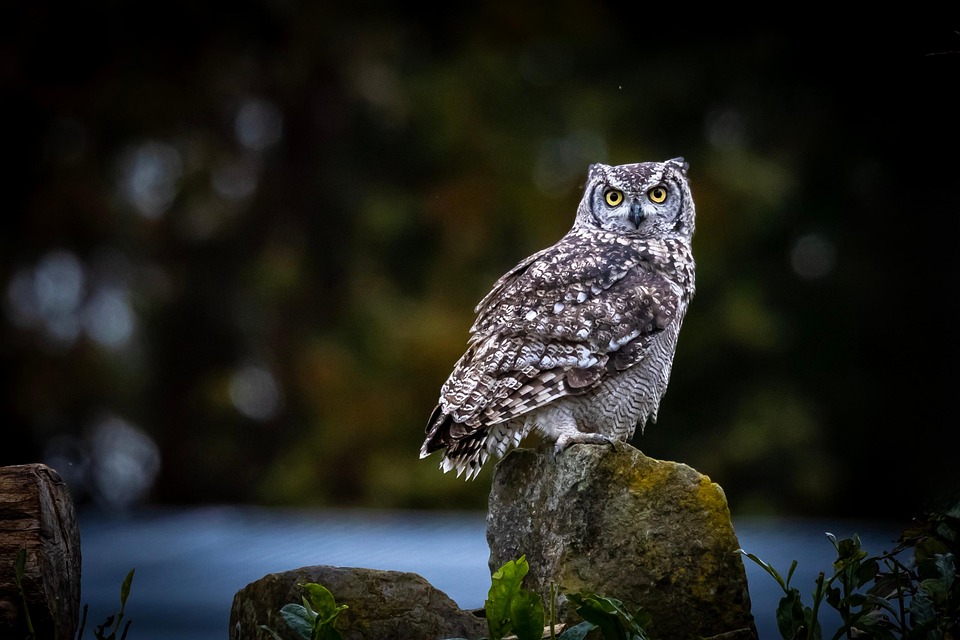Crafting Your Essential Wildlife Conservationist Resume
In the ever-evolving field of wildlife conservation, standing out is paramount. Your resume acts as your first impression, a vital tool that encapsulates your passion, expertise, and dedication. A well-structured resume can be the difference between landing that coveted interview or being lost in a sea of applicants. Below, we delve into the essential components of an outstanding wildlife conservationist resume.
1. Captivating Summary Statement
Begin with a compelling summary that encapsulates your professional ethos. This brief paragraph should highlight your key experiences, your unwavering commitment to conservation, and your unique skill set. For instance, rather than merely stating your role as a conservationist, consider incorporating your achievements: “Dedicated wildlife conservationist with over five years of experience in habitat restoration and species protection, successfully leading community engagement initiatives that increased local biodiversity.”
2. Relevant Experience
When it comes to experience, specificity is key. Detail your previous roles, focusing on the impact you had rather than just your responsibilities. Use quantifiable achievements to bolster your claims. For example:
-
Field Research Assistant
Conducted ecological surveys that resulted in a 30% increase in data accuracy for threatened species assessments. -
Volunteer Coordinator
Organised and led over 15 community clean-up events, engaging 200+ volunteers and improving local habitats.
3. Educational Background
Your academic background lays the foundation for your expertise. Showcase your relevant qualifications—be it degrees, certifications, or specialised training. Remember to include notable projects or dissertations that reflect your interest in wildlife conservation. A degree in Environmental Science or Zoology, combined with certifications in GIS or wildlife management, not only highlights your educational achievements but also your readiness for practical application.
4. Skills to Showcase
A diverse skill set is crucial in conservation roles. Highlight both hard and soft skills that make you an invaluable asset:
- Technical Skills: Proficiency in GIS mapping, data analysis, and species identification.
- Soft Skills: Strong communication abilities, adept problem-solving, and effective teamwork.
Consider presenting these skills in a separate section to ensure they catch the eye of hiring managers.
5. Voluntary Contributions
Your commitment to wildlife conservation extends beyond paid positions. Highlight any volunteer work, internships, or community outreach initiatives. This not only demonstrates your passion but also your initiative and ability to work collaboratively toward common goals. Whether you’ve worked with local NGOs, schools, or international conservation bodies, every experience counts.
Telling Your Story Through Design
The visual layout of your resume can significantly impact its effectiveness. Utilise clear headings, bullet points, and a clean font to enhance readability. A professional yet visually appealing design can help your resume stand out in a stack of documents, making it easier for potential employers to glean crucial information at a glance.
In the competitive realm of wildlife conservation, your resume is more than just a document; it’s a reflection of your journey and aspirations. By carefully crafting each section and presenting your experiences and skills with flair, you can create a narrative that resonates with hiring managers. As you embark on this path, remember that CVPortal continues to provide a wealth of exceptional resume templates and guidance to help you shine in your conservation career.


